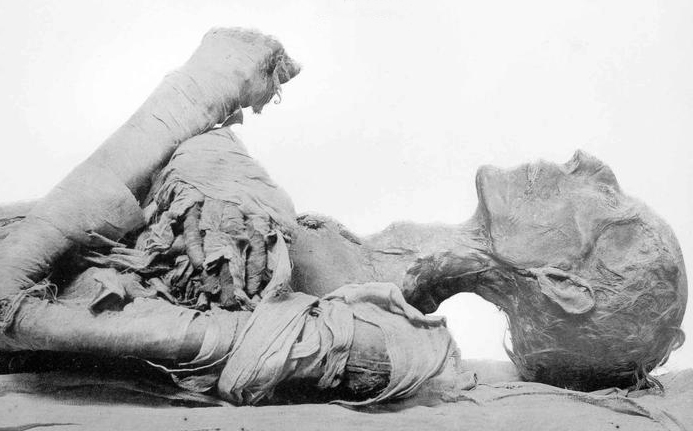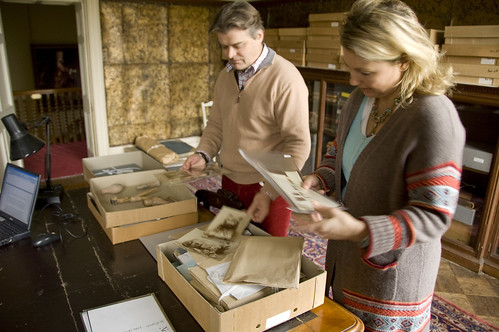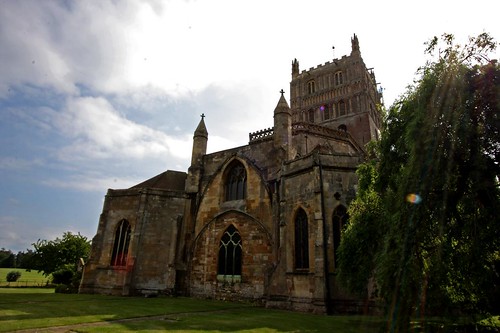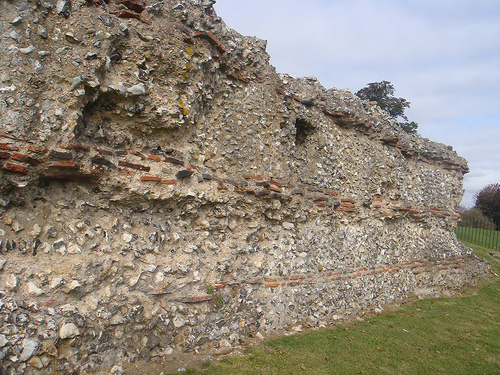The Great Sphinx of Giza is one of the world’s largest and oldest monuments, and isn’t without its mystery. Theories fly around regularly about whether there are secret tunnels or hidden halls under the Sphinx, which Dr Zahi Hawass, currently starring in the ‘Chasing Mummies‘ series, insists is not the case in this Heritage Key video (Watch the Video). But my question is much more simple – Whatever happened to the nose of the Great Sphinx? In a previous Heritage Key article, “Riddle of the Sphinx”, Robert Cook wrote about the legend that Napoleon’s troops used the Sphinx’s nose as…
-
-
A stone effigy monument, in the shape of a Blackfoot creator god named Napi, has been discovered in southern Alberta south of the Red Deer River near the hamlet of Finnegan. One day Old Man determined that he would make a woman and a child; so he formed them both the woman and the child, her son of clay. After he had moulded the clay in human shape, he said to the clay, “You must be people … They walked down to the river with their Maker, and then he told them that his name was Na’pi, – Old Man.…
-
El Zotz Guatemala El Zotz is a Mesoamerican archaeological site of the pre-Columbian Maya civilization, located within the San Miguel la Palotada National Park in the Petén Basin region. The area has caves and swamps and is known for the hundreds of thousands of bats that fly out from under the cliffs at sunset. El Zotz is a medium sized site covering an area of perhaps 0.75 by 0.75km that includes a variety of large and small architectural remains in a style typical of the Early Classic. It has at least two ceremonial centres, one within the site core, the…
-
Archaeologists excavating at Ahnasia in Upper Egypt, have unearthed the remains of a 3,300-year-old temple built by pharaoh Ramesses the Great. According to a statement released by the SCA, excavations at Ahnasia, an archaeological area in Beni-Suef, recently uncovered remains of a temple that can be dated to the reign of 19th Dynastyking Ramesses II . Dr. Sabri Abdel Aziz, Head of the Pharaonic Sector in the SCA, said that inside the remains of the New Kingdom temple, excavators uncovered ten cartouches of Ramesses II and beneath them a relief saying that the ruler had ordered the construction of this…
-
Sir Andrew Lloyd Webber, the multi-millionaire musical impresario, has expressed a wish to purchase Highclere Castle, near Newbury, Berkshire. The Victorian castle has been the family seat of the Carnarvons since the 1670s, and was home to the fifth Earl of Carnarvon, who funded Howard Carter’s discovery of Tutankhamun‘s tomb (watch the video). Andrew Lloyd Webber’s offer came after the current Earl applied for permission to sell pieces of land on the fringes of the Highclere estate in the hope of raising 11 million to fund badly-needed repair works to the Victorian mansion. In a letter sent to the Earl…
-
King Arthurs Round Table wasnt just the romantic meeting place of Arthurs warriors but a massive building on the edge of a huge Roman city. What’s more, it was a powerful symbol of Roman authority that survived for some 600 years after the Romans left Britain. (Skip to the Video) Thats the bold conclusion made by archaeologists in a new documentary that shows how the monumental Roman structure was transformed from an amphitheatre into a fortified stronghold. King Arthurs Round Table Revealed explores this and other mysteries surrounding by the iconic British hero King Arthur. The documentary is an exploration…
-
A previously unknown Roman villa has been discovered in England by archaeologists excavating an area in preparation for a pipeline to be laid near Tewkesbury. The excavation has uncovered part of a wealthy Roman villa north of Bredons Norton in Gloucestershire. Two burials pre-dating the villa have also been discovered. According to Stuart Foreman, an archaeologist from Oxford Archaeology, the most likely dating of the villa is the late-third to the mid-fourth centuries AD. He said: So far we have discovered a masonry building with plaster walls. It’s not impossible that it’s a shrine, but the most likely explanation is…
-
After more than 40 years, archaeologists have finally reached the end of the tunnel discovered in the tomb of Seti I. Hopes the tunnel would lead to the pharaoh’s secret burial site have been crushed, after the seemingly unfinished tunnel suddenly stopped after a back-breaking 174m. Pharaoh Seti I’s tomb, which is located in the Valley of the Kings, was first discovered in 1817 by strongman-turned-archaeologist Giovanni Belzoni (watch a video about Britain’s explorers). But clearing of the tunnel, cut into the bedrock near the end of the beautifully decorated tomb, was not started until the 1960s, under the direction…
-
“Are there even 10 Roman walls in Britain?” I hear you ask… Read on and see for yourselves. 1. Hadrian’s Wall The Roman wall. By a distance the most famous Roman ruin in Britain, Hadrian’s wall was a way for the Romans to do more than just protect the northern border of the Empire. It marked their territory in a way that would leave those who came against it in awe. It was a protective measure, designed as an impassable obstacle to any invader, but also a controlling structure, monitoring trade across the border and collecting levies. The strength of…
-
Channel 4’s Time Team has been excavating in the graveyard of a church in the village of Castor, Cambridgeshire and has come up with some compelling evidence that confirms the presence of a large Roman building. Known as the praetorium, the third century building is thought to have been the second largest Roman building in Britain. While the Time Team have not yet reached their conclusions, they have found a Roman mosaic pavement, the foundations of a very large building or set of buildings, which include Roman baths, as well as signs of Saxon occupation after the Romans withdrew from…









